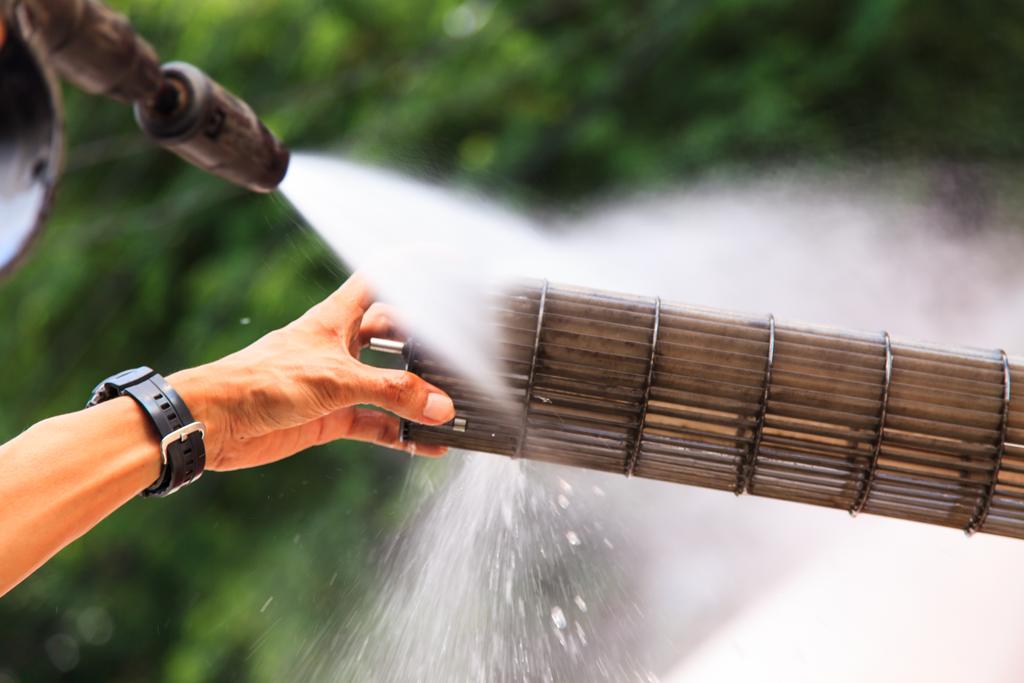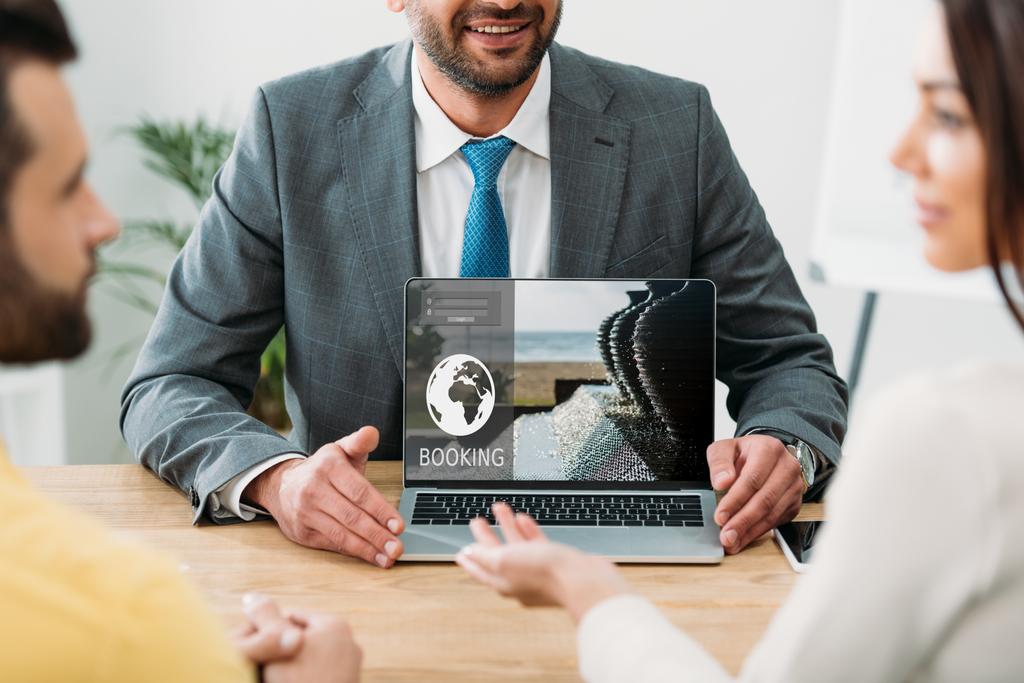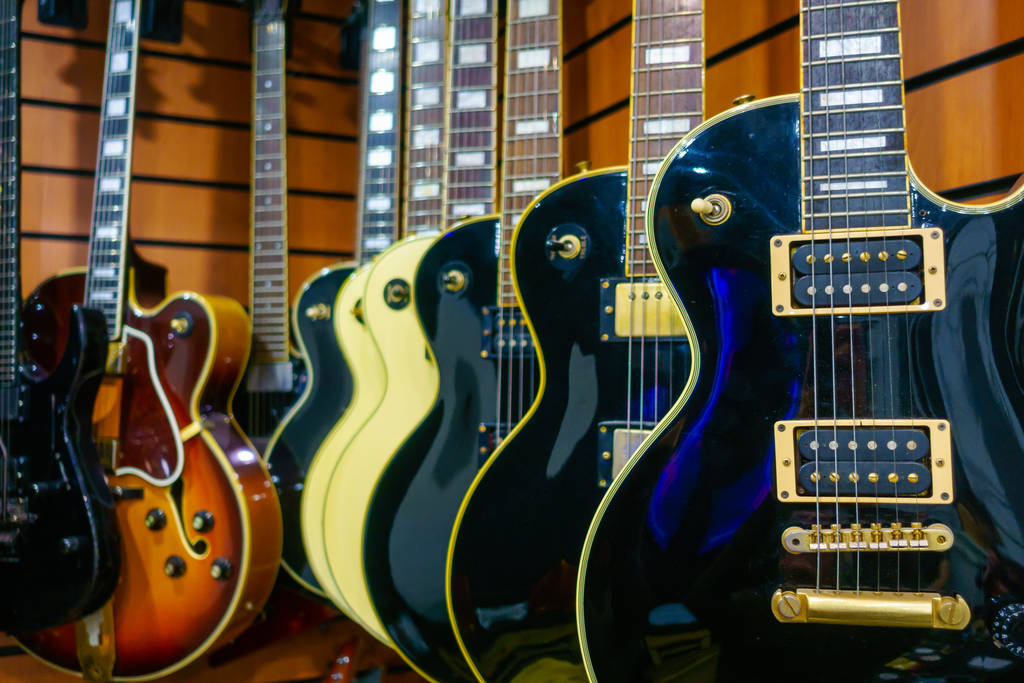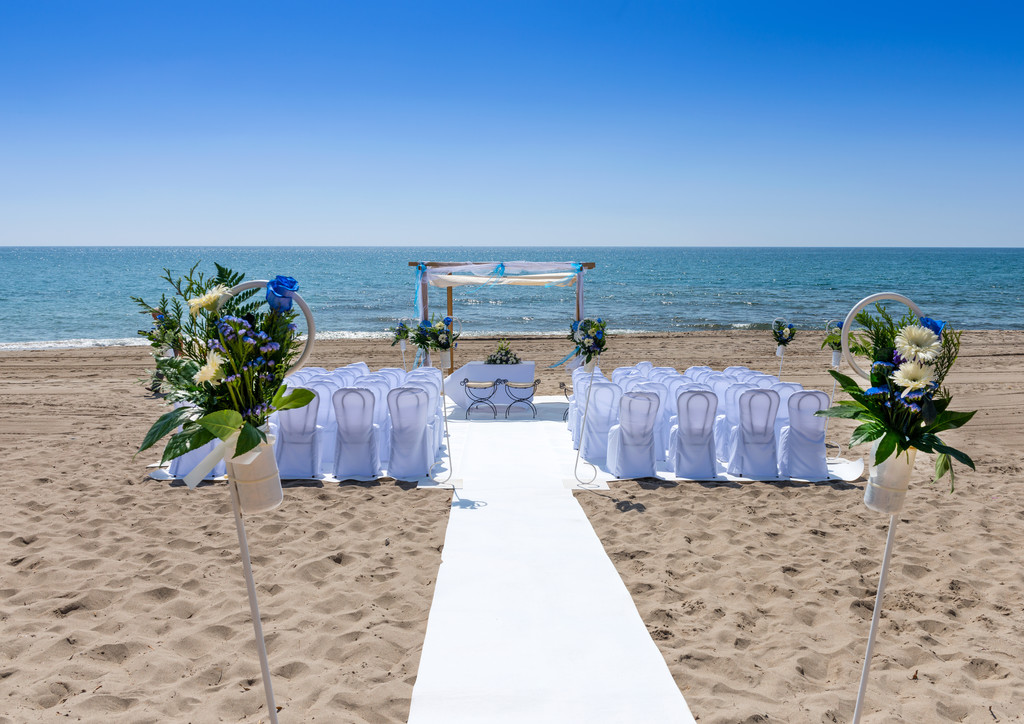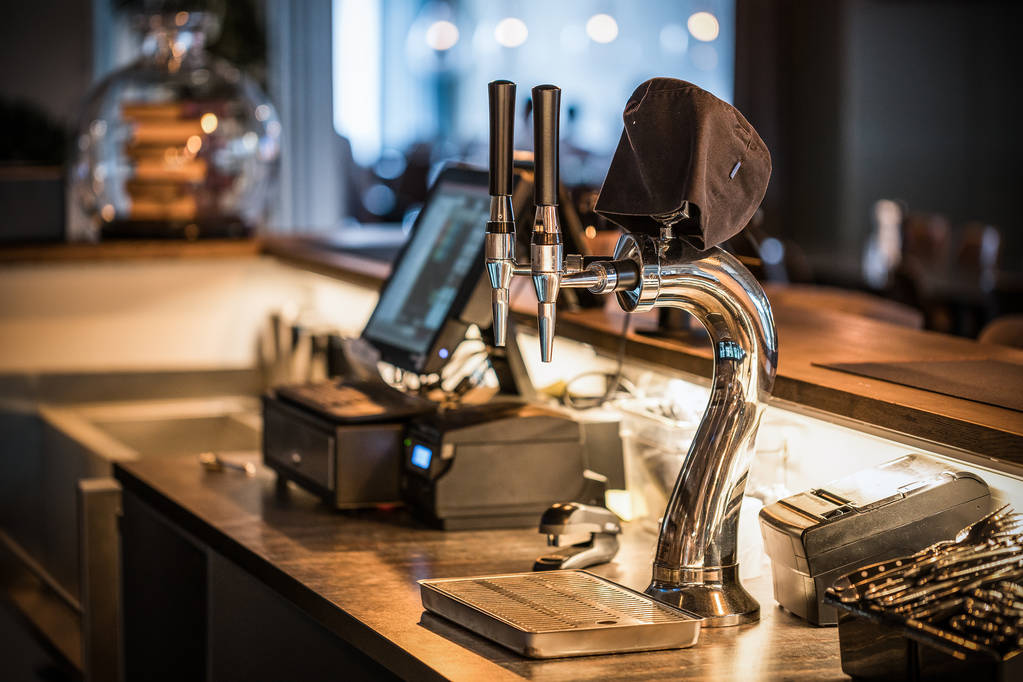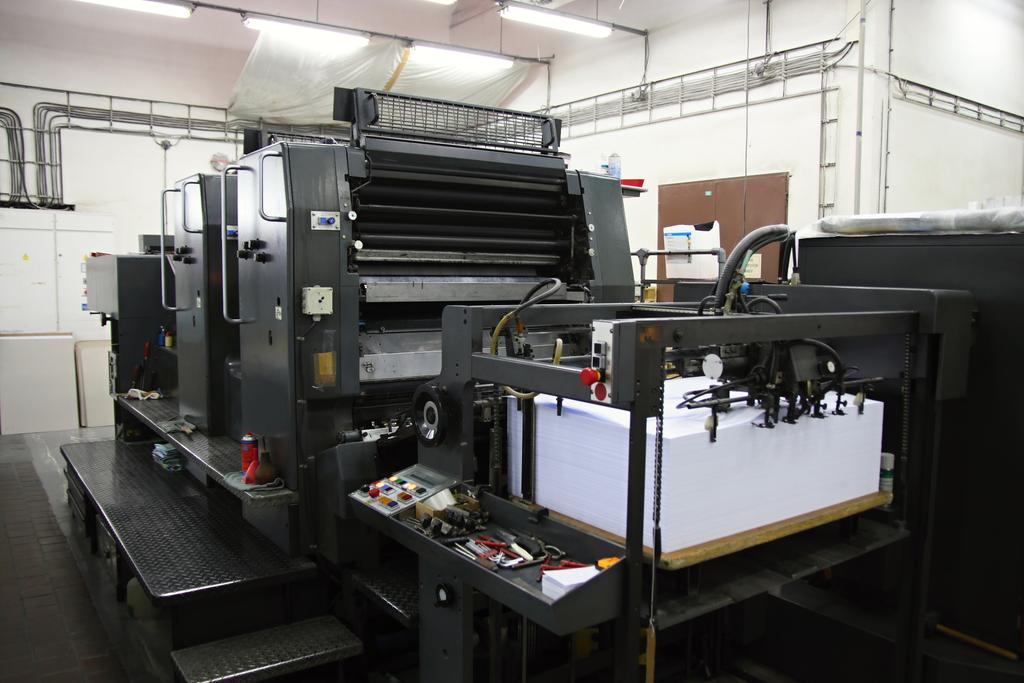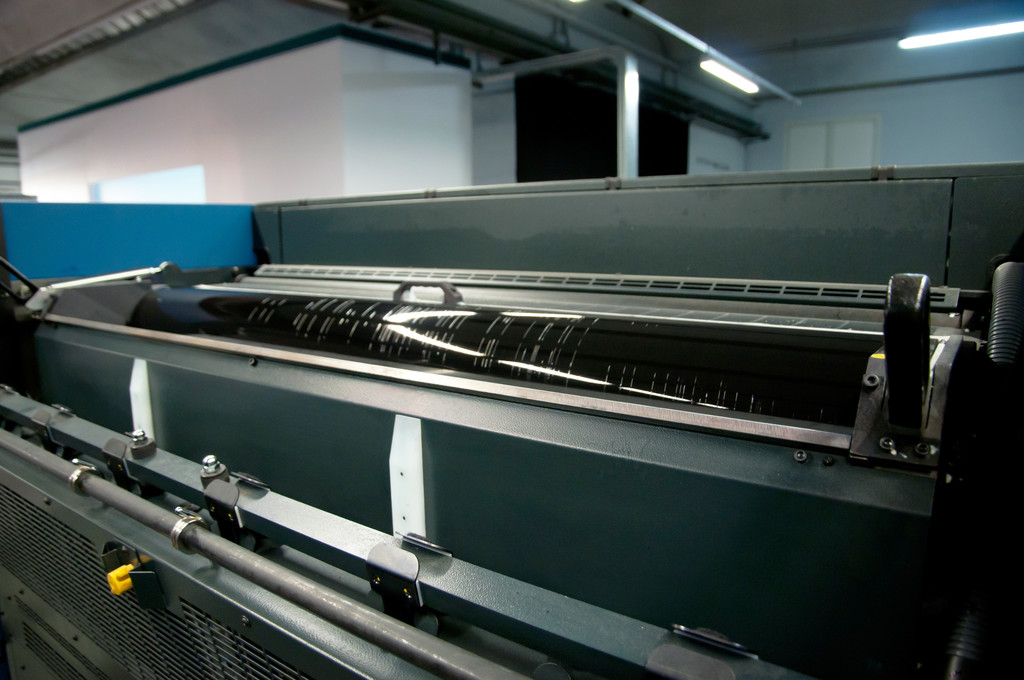Exploring Beverage Consulting Firms: Unveiling the Top Players and Job Descriptions
In today’s dynamic and competitive beverage industry, companies are constantly seeking ways to improve their products, operations, and market presence. That’s where beverage consulting firms come into play, offering invaluable expertise to help businesses stay ahead in the game.

In this blog post, we’ll delve into the world of beverage consulting, exploring the four main consulting firms, defining beverage consultant job descriptions, and shedding light on the top players in this field.
The Four Main Consulting Firms
When it comes to beverage consulting, four primary consulting firms consistently stand out for their expertise and comprehensive services. These firms are:
1. BevStrat
BevStrat is renowned for its in-depth industry knowledge, providing services that cover everything from beverage development and marketing to sales strategies. They work with a wide range of clients, from startups to established brands, offering customized solutions to meet their unique needs.
2. Liquid Management
Liquid Management specializes in helping clients navigate the complexities of the beverage industry. They offer consulting on everything from product development and brand strategy to distribution and market research. With a strong track record of success, they have established themselves as a key player in the industry.
3. The Beverage Group
The Beverage Group is a trusted name when it comes to beverage consulting. They assist clients with product development, branding, and marketing, and even provide guidance on regulatory compliance. With a focus on creating innovative and market-ready beverages, they are a go-to choice for many businesses.
4. Next Level Marketing
Next Level Marketing is known for its diverse array of services, including marketing, promotion, and strategic planning. They have a strong network of connections within the industry, which allows them to offer unparalleled opportunities and guidance to their clients.
Beverage Consultant Job Description
Beverage consultants play a pivotal role in helping companies thrive in the competitive beverage market. A beverage consultant’s job description typically includes:
– Market Research: Conducting market research to identify trends, consumer preferences, and opportunities for growth.
– Product Development: Assisting in the creation and improvement of beverage products, ensuring they meet industry standards and consumer expectations.
– Branding and Marketing: Developing effective branding and marketing strategies to promote beverages and build brand recognition.
– Sales and Distribution: Optimizing sales and distribution channels to maximize product reach and profitability.
– Regulatory Compliance: Ensuring that all products meet legal and regulatory requirements, including labeling, safety, and quality standards.
– Business Strategy: Advising clients on business strategies to enhance profitability and sustainability.
The Top Players in Beverage Consulting
While the “big one” consulting firm isn’t a defined term in the beverage industry, there are undoubtedly top players who have consistently excelled in this field. BevStrat, Liquid Management, The Beverage Group, and Next Level Marketing, as mentioned earlier, are some of the top players known for their outstanding work in the beverage consulting realm.

In conclusion, the beverage consulting industry is a dynamic and essential part of the beverage sector. The four main consulting firms listed above provide valuable expertise and support to businesses looking to thrive in this competitive market. Beverage consultants play a critical role in various aspects of the industry, making them indispensable for businesses striving for success.
Learn more at Wiki as well.







